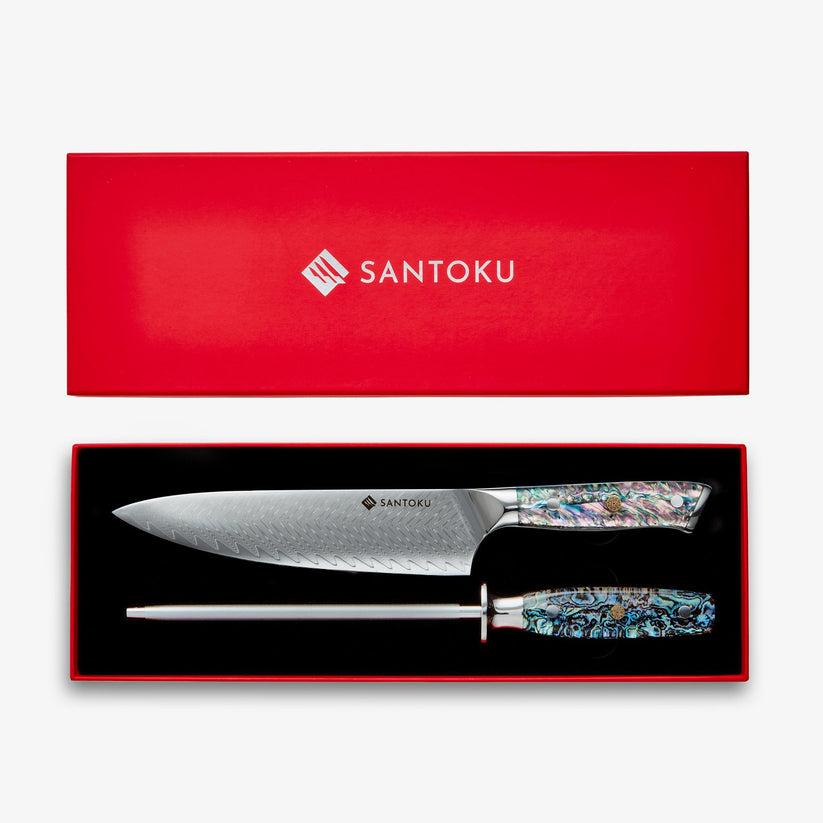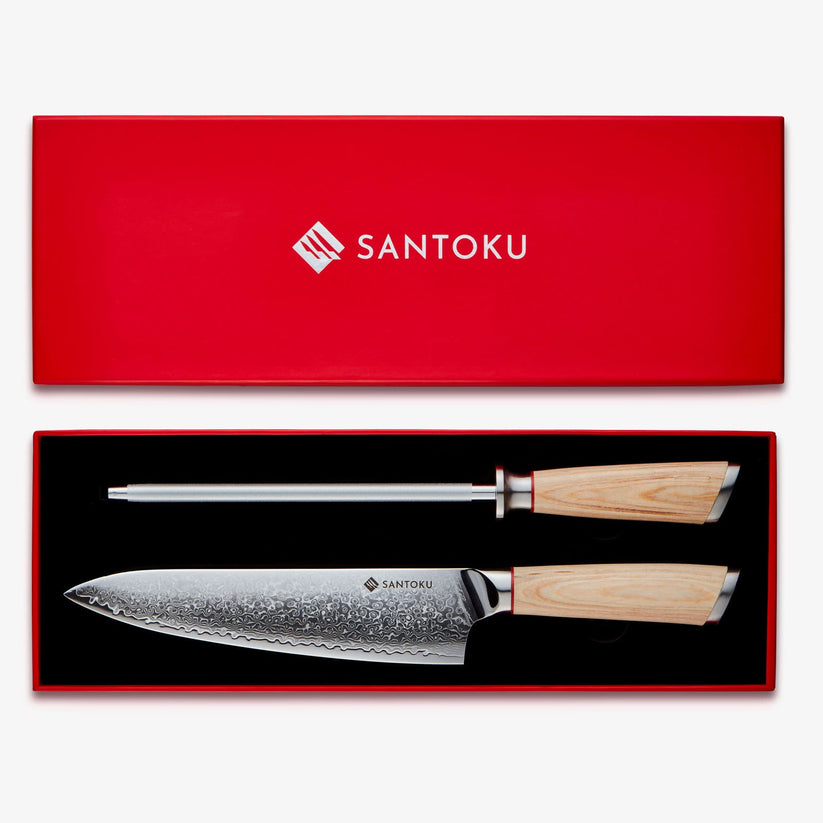
Tips for Cooking Duck Leg Perfectly
-
Pat skin dry before searing for ultimate crispiness.
-
Score the skin slightly to help fat render.
-
Use a cast-iron or oven-safe pan for better sear-to-roast transition.
-
Low and slow roasting makes the meat fall-off-the-bone tender.
-
Let the duck rest before brushing with glaze and finishing at high heat.
-
Save rendered duck fat — perfect for roasting potatoes later.
-
Glaze in the last 10 minutes to prevent burning.
-
Fresh orange juice delivers better flavour than bottled.
-
Pair with hearty veggies to balance the richness.
-
Use a thermometer — internal temp should be 165°F (74°C).
Serve It With Suggestions
-
Herbed couscous or wild rice
-
Sautéed greens (like kale or spinach)
-
Creamy polenta or cauliflower mash
-
Red wine or mulled wine
-
Fresh orange slices or zest garnish
-
Crusty French bread
-
Celeriac purée
-
Roasted beet salad
-
Caramelised shallots
-
Sparkling apple cider or Pinot Noir
FAQ's
Q: Can I make this with duck breast instead?
A: Yes — reduce cooking time and sear skin until crisp before roasting.
Q: What’s a substitute for orange juice?
A: Try clementine juice, blood orange, or a mix of orange and lemon.
Q: Can I prep this ahead?
A: Yes — you can roast the duck legs in advance and glaze/reheat just before serving.
Q: Is this dish gluten-free?
A: Yes — just ensure your soy sauce is gluten-free or use tamari.
Q: Can I use frozen duck legs?
A: Yes — thaw completely in the fridge overnight before cooking.
Q: What veggies pair well with duck?
A: Root vegetables like carrots, parsnips, beets, and sweet potatoes work best.
Q: Can I double the glaze?
A: Absolutely — it also works great as a sauce on the side.
Q: Is duck greasy?
A: Duck is fatty, but much of the fat renders out when cooked properly.
Q: Can I use boneless duck legs?
A: Yes, but adjust cook time and use care not to overcook.
Q: How should leftovers be stored?
A: Refrigerate for up to 3 days and reheat in a hot oven to retain crispness.







